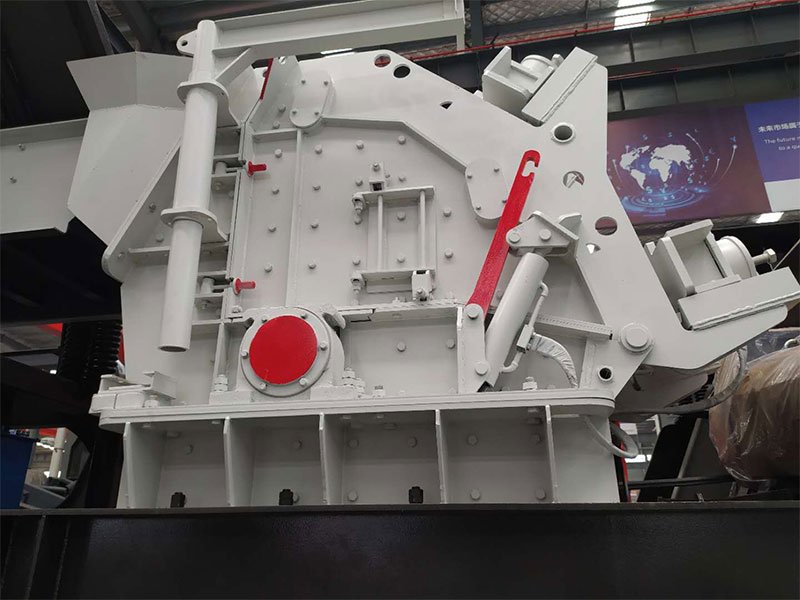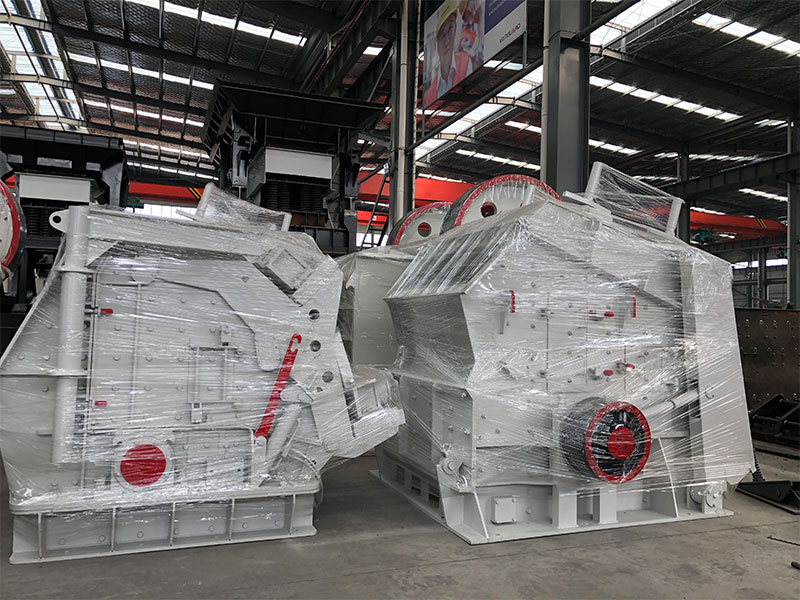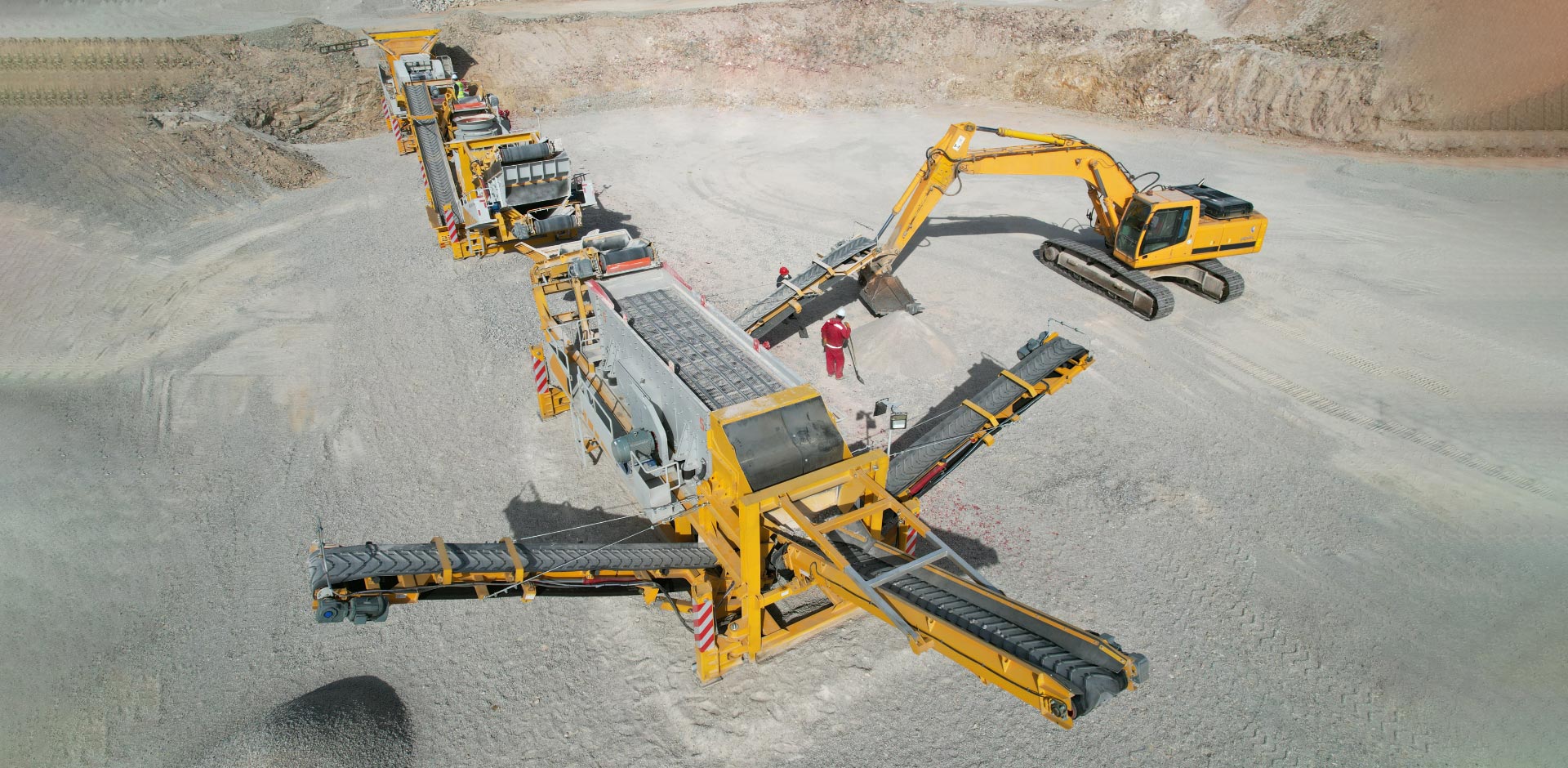Construction and demolition waste (C&D waste) pose significant environmental challenges, but crusher plants offer a sustainable solution. These plants efficiently process and recycle C&D waste, reducing landfill usage, conserving natural resources, and promoting a circular economy.
The Impact of Construction and Demolition Waste
Construction and demolition activities generate massive amounts of waste, including concrete, asphalt, wood, metals, and more. Improper management of C&D waste can contribute to environmental degradation, landfill overcrowding, and resource depletion. By addressing these challenges, stationary crusher plants play a vital role in sustainable waste management.

Benefits of Crusher Plants in C&D Waste Management
a. Waste Reduction: Mobile stone crusher plants enable the recycling and reuse of C&D waste materials, reducing the need for new raw materials and minimizing waste sent to landfills.
b. Resource Conservation: By processing C&D waste into usable aggregates, crusher plants help conserve natural resources, such as gravel, sand, and stone, which would otherwise be extracted from quarries.
c. Environmental Impact Reduction: Recycling C&D waste reduces the environmental footprint associated with waste transportation, landfilling, and material extraction.
d. Economic Opportunities: Crusher plants create economic opportunities by generating employment, promoting the recycling industry, and producing recycled materials that can be used in construction projects.

Considerations for Implementing Crusher Plants
a. Regulatory Compliance: Ensure compliance with local regulations and permits for waste management, air quality, noise, and other environmental considerations. Consult with relevant authorities to understand specific requirements for operating a crusher plant.
b. Waste Segregation and Sorting: Implement effective waste segregation and sorting systems to separate different materials, ensuring efficient recycling and maximizing the quality of recycled aggregates.
c. Equipment Selection: Choose suitable jaw crusher machines, screens, and conveyors based on the type and volume of C&D waste, desired aggregate sizes, and production requirements. Consider factors such as capacity, energy efficiency, and the ability to handle various waste materials.
d. Quality Control: Establish quality control measures to ensure that the recycled aggregates meet industry standards and specifications for construction applications.
e. Logistics and Material Handling: Develop efficient systems for collecting, transporting, and storing C&D waste materials within the crusher plant facility.
f. Collaboration and Stakeholder Engagement: Engage with stakeholders, including waste generators, contractors, local communities, and recycling agencies, to foster collaboration, raise awareness, and promote the use of recycled aggregates in construction projects.
Case Studies and Best Practices
Highlight successful case studies and best practices in sustainable C&D waste management through crusher plants. Showcase examples of projects where crusher plants have effectively processed and recycled C&D waste, resulting in reduced landfill usage, improved resource conservation, and positive environmental impact. Discuss the lessons learned, challenges faced, and the benefits achieved in terms of waste reduction, cost savings, and community engagement.
Future Trends and Innovations
Explore emerging trends and innovations in stone crusher machine technology for C&D waste management. Discuss advancements in crushing equipment, material sorting technologies, and automation systems that enhance efficiency, improve product quality, and optimize resource recovery from C&D waste.
Conclusion
Crusher plants offer a sustainable solution for construction and demolition waste management. By recycling C&D waste, these plants help reduce environmental impacts, conserve resources, and create economic opportunities. By considering the key aspects of implementing crusher plants and leveraging best practices, the construction industry can contribute to a more sustainable and circular
